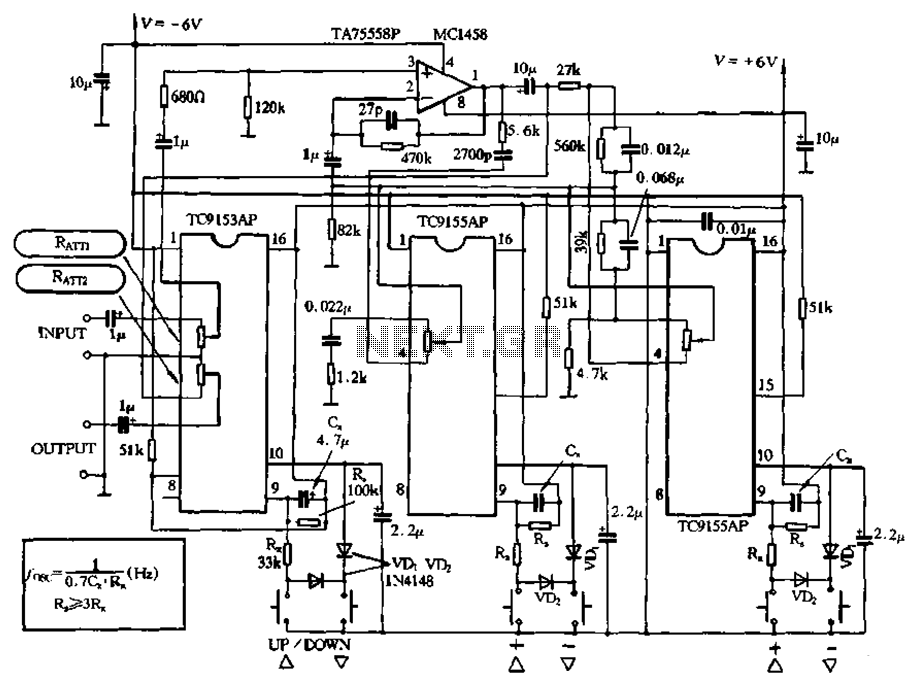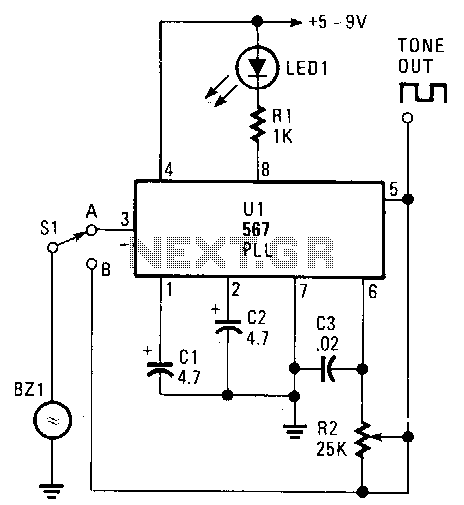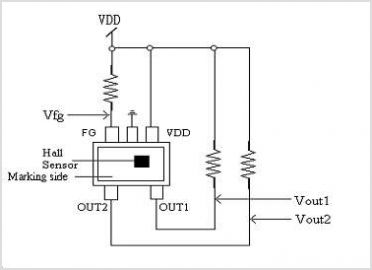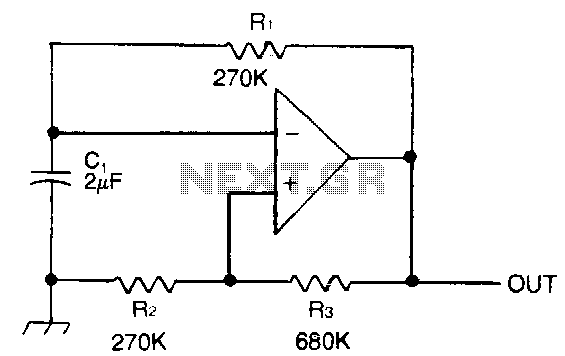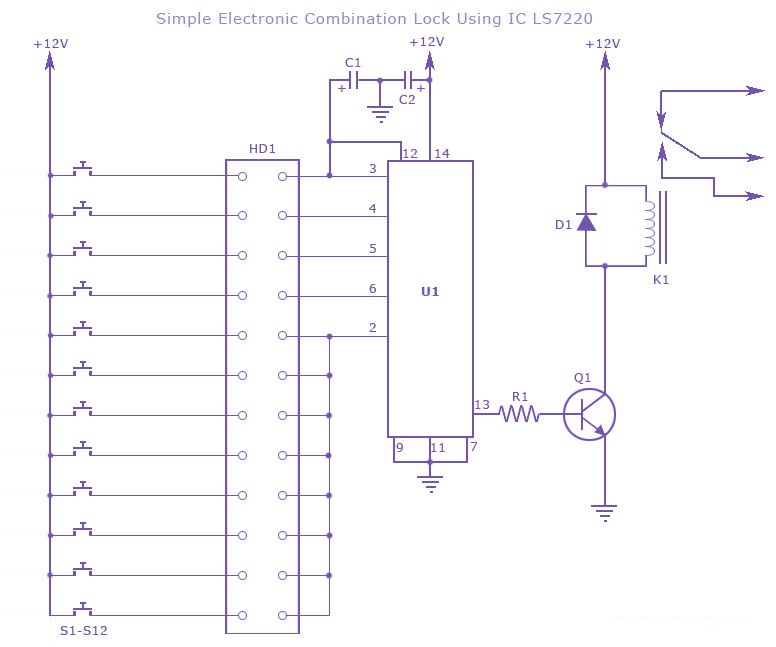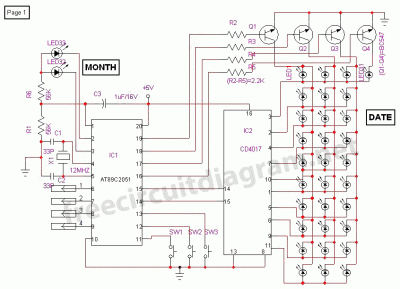
digital code lock

The project is a Digital Code Lock utilizing the AT89C2051 microcontroller. An LCD is employed for display purposes, and a keypad is used for inputting keys. The source code for this project is written in C. It is designed as a simple yet effective solution to prevent unauthorized access through brute force attacks. The basic user lock consists of 5 digits, while the master lock comprises 10 digits, making it challenging for an intruder to breach the lock unless the code is kept simple. Input is received from a 4x3 keypad, and the user input is displayed on a 16x2 LCD. A pin is designated as an output to activate and deactivate the lock, with an LED connected to this pin for demonstration purposes. Users can opt to use either their own 5-digit code or a default 5-digit code. To set up a personal code, the user must enter 12345 and press the '#' key. Following this, the controller prompts for a preprogrammed 10-digit master password. Upon entering the master lock, the user can create a new 5-digit code for the lock and press '#' to save it. The keypad consists of 12 keys (4x3) labeled from 1 to 9, *, 0, and #. Numeric keys are utilized for entering numbers, '*' serves as the Cancel key, and '#' functions as the Enter key.
The Digital Code Lock project is structured around the AT89C2051 microcontroller, which acts as the central processing unit. The 4x3 keypad serves as the user interface for code entry, consisting of twelve keys arranged in a grid format, allowing for efficient input of numeric codes. The AT89C2051 microcontroller processes the input from the keypad and manages the logic for both user and master lock functionalities.
The LCD, specifically a 16x2 model, is used to provide visual feedback to the user. It displays prompts for code entry, status messages, and error notifications, enhancing the user experience by informing users of actions taken and required inputs. The output pin connected to an LED serves as a visual indicator of the lock's status, illuminating when the lock is activated and extinguishing when deactivated.
The security of the system is reinforced by the dual lock mechanism: a basic user lock with a 5-digit code and a master lock with a 10-digit code. This hierarchical approach ensures that even if a user forgets their code, access can still be granted through the master code, albeit only by authorized personnel.
To set or change the user code, the system requires the user to input a default sequence (12345) followed by the '#' key, which triggers the controller to request the master password. This additional layer of security ensures that only individuals with the master password can alter the user code, thereby minimizing the risk of unauthorized access.
In summary, the Digital Code Lock project is a well-designed electronic security system that integrates a microcontroller, keypad, LCD, and LED to create a user-friendly and secure locking mechanism. The implementation of both user and master codes, along with the intuitive interface, makes it an effective solution for safeguarding sensitive areas or devices.The project called Digital Code Lock using AT89C2051 ². LCD is used for display and a keyboard is used to input the keys. This project source code is written in C. This a simple project with efficient hacking prevention from Brute Force etc. The basic user lock is of 5 Digits and Master Lock is of 10 digits so its not easy for an intruder to bre ak the lock unless you keep the code simple. The input is taken from a 4G—3 Keypad (please see the schematic for more information) and Display the user input on a 2G—16 LCD. A pin is assigned as output for activating and deactivating the lock. For demonstration an LED is connected to that pin. The user has two options either he/she can use its own 5 digit code or use the default 5 digit code. If user has to do setup his own code, then he has to enter 12345 ³ and press #`. After this. controller will ask for 10 Digit master password which is preprogrammed in the controller. Entering master lock, user can enter the new 5 digit code for the lock and press #` to save it. Keypad has 12 keys (4G—3) starting from 1, 2, 3, 4, 5, 6, 7, 8, 9, *, 0, # (please see the schematic for layout).
Numeric keys are used for entering numbers. *` is used as the Cancel key and #` is used as the Enter key. 🔗 External reference
The Digital Code Lock project is structured around the AT89C2051 microcontroller, which acts as the central processing unit. The 4x3 keypad serves as the user interface for code entry, consisting of twelve keys arranged in a grid format, allowing for efficient input of numeric codes. The AT89C2051 microcontroller processes the input from the keypad and manages the logic for both user and master lock functionalities.
The LCD, specifically a 16x2 model, is used to provide visual feedback to the user. It displays prompts for code entry, status messages, and error notifications, enhancing the user experience by informing users of actions taken and required inputs. The output pin connected to an LED serves as a visual indicator of the lock's status, illuminating when the lock is activated and extinguishing when deactivated.
The security of the system is reinforced by the dual lock mechanism: a basic user lock with a 5-digit code and a master lock with a 10-digit code. This hierarchical approach ensures that even if a user forgets their code, access can still be granted through the master code, albeit only by authorized personnel.
To set or change the user code, the system requires the user to input a default sequence (12345) followed by the '#' key, which triggers the controller to request the master password. This additional layer of security ensures that only individuals with the master password can alter the user code, thereby minimizing the risk of unauthorized access.
In summary, the Digital Code Lock project is a well-designed electronic security system that integrates a microcontroller, keypad, LCD, and LED to create a user-friendly and secure locking mechanism. The implementation of both user and master codes, along with the intuitive interface, makes it an effective solution for safeguarding sensitive areas or devices.The project called Digital Code Lock using AT89C2051 ². LCD is used for display and a keyboard is used to input the keys. This project source code is written in C. This a simple project with efficient hacking prevention from Brute Force etc. The basic user lock is of 5 Digits and Master Lock is of 10 digits so its not easy for an intruder to bre ak the lock unless you keep the code simple. The input is taken from a 4G—3 Keypad (please see the schematic for more information) and Display the user input on a 2G—16 LCD. A pin is assigned as output for activating and deactivating the lock. For demonstration an LED is connected to that pin. The user has two options either he/she can use its own 5 digit code or use the default 5 digit code. If user has to do setup his own code, then he has to enter 12345 ³ and press #`. After this. controller will ask for 10 Digit master password which is preprogrammed in the controller. Entering master lock, user can enter the new 5 digit code for the lock and press #` to save it. Keypad has 12 keys (4G—3) starting from 1, 2, 3, 4, 5, 6, 7, 8, 9, *, 0, # (please see the schematic for layout).
Numeric keys are used for entering numbers. *` is used as the Cancel key and #` is used as the Enter key. 🔗 External reference
